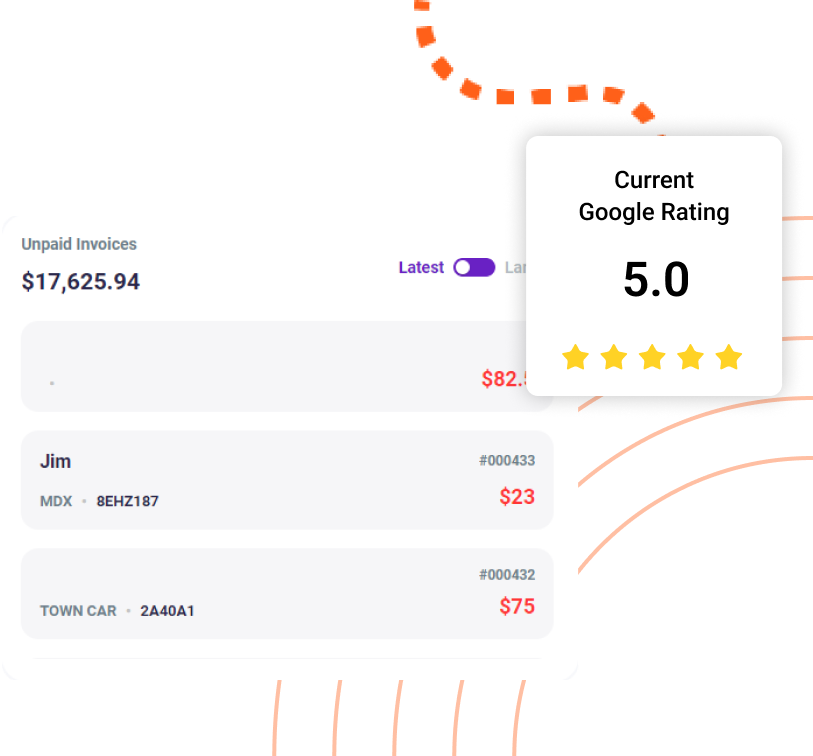Sometimes, a customer comes to you feeling hopeless after being ripped off by another shop for a minor vehicle fault. This behavior weakens the customer’s confidence in approaching new mechanics or shops.
Invoicing customers can also get tricky sometimes. The till staff can over-invoice or under-invoice a customer due to several unforeseen circumstances or a lapse in judgment. However, these mistakes can be costly. Over-invoicing ruins the business reputation, and under-invoicing damages profits and cash flow management.
But what if you could put these problems behind you? You can relegate these issues to the past with the right tools, specifically auto repair estimate software. These tools do more than fix a few gaps in how you do things—they completely transform how you connect with customers, manage services, and ensure that every charge is justified.
This article will suggest the best tips and strategies for bringing your billing practices up to modern standards and making them fair, ensuring every transaction is suitable for your shop and customers.
Overcharging Impacts Customer Relations
IBISWorld statistics value the US auto repair business at $78 billion. The market size is enormous, and so is the competition in this sector.
Accurate estimation and fair invoicing help an auto repair business stay ahead of the curve and build a positive outlook with customers. It helps customers feel confident about the services and builds trust.
On the other hand, over-invoicing false estimates damages the business’s reputation and encourages customers to look for alternate options. Over-invoicing (possibly accidental) makes auto repair shops susceptible to negative reviews. Research suggests negative reviews drive 94% of potential customers away from auto repair shops with negative reviews online.
On the other hand, undercharging can be good news for a customer, impacting profitability and resulting in losses. Costing blunders, miscalculations, and human errors contribute to trust issues between workshops and drivers.
Preventing Overcharging and Over-Invoicing
One of the most challenging parts of cost estimation is changing your costs to reflect the value of your labor and your client’s expectations. It is essential to avoid undercharging and financial loss and overcharging and customer loss. How can you strike the correct proportion while avoiding these pitfalls?
Here are some essential tips and techniques that will enable you to successfully adjust your cost:
Do Thorough Market Research
Before deciding on or adjusting your costs, consider what industry professionals charge for comparable services. Online resources, business publications, and networking gatherings may help you learn about your area’s typical range of costs. Doing this allows you to benchmark your prices and avoid charging too high or cheaply.
Take Profit Margin and Costs into Consideration
Consider your own costs and profit margin while making adjustments to charges. Calculate the total cost of your service, considering overhead, taxes, labor, and other fees. Next, you should set a fair profit margin corresponding to your worth, experience, and skill set. This will assist you in figuring out your minimal approved fee and break-even point.
Explain Your Value And Provide Justification For Your Charges
After setting your prices, you should be prepared to explain to your customers why your services are worth that amount. You should highlight the advantages and results of your service, the excellence and originality of your work, and the recommendations and reviews from your past or current clients. Additionally, you should describe the reasons you considered and how you arrived at your costs. By doing this, you may win over your clients’ confidence and credibility while avoiding conflicts and complaints.
Integrate Estimation and Management Software
Auto repair shop estimate software can help auto repair shops estimate expenses and provide precise estimates for auto repair services. The labor expenses, material prices, and total service charges are only a few of the estimating process elements that the software automates and simplifies. It ensures efficiency and transparency in the maintenance industry by acting as a valuable tool for both the customer and the repair business.
Track Your Expenses Monthly or Quarterly
Track your company’s revenue and expenses regularly using a consistent schedule and method. It’s best to review your financials at least once a month and perform a comprehensive book analysis and comparison at least once per business quarter.






